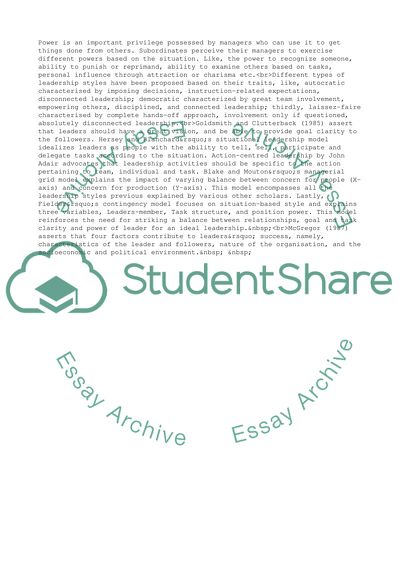Cite this document
(Managing Effectively- Standards and Expectations of Modern Management Case Study, n.d.)
Managing Effectively- Standards and Expectations of Modern Management Case Study. Retrieved from https://studentshare.org/management/1729688-management-skill
Managing Effectively- Standards and Expectations of Modern Management Case Study. Retrieved from https://studentshare.org/management/1729688-management-skill
(Managing Effectively- Standards and Expectations of Modern Management Case Study)
Managing Effectively- Standards and Expectations of Modern Management Case Study. https://studentshare.org/management/1729688-management-skill.
Managing Effectively- Standards and Expectations of Modern Management Case Study. https://studentshare.org/management/1729688-management-skill.
“Managing Effectively- Standards and Expectations of Modern Management Case Study”, n.d. https://studentshare.org/management/1729688-management-skill.


